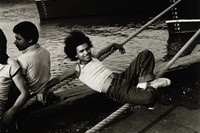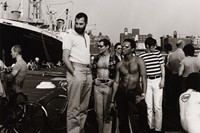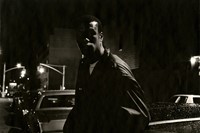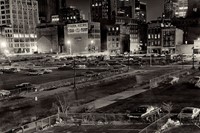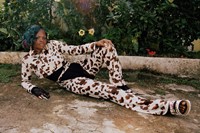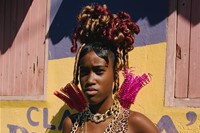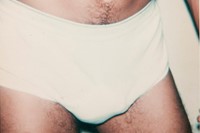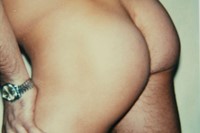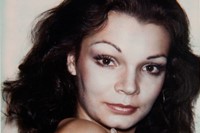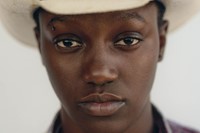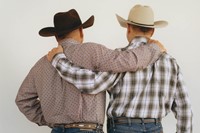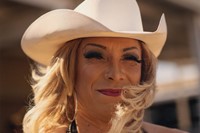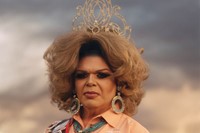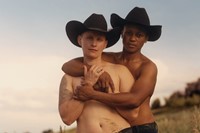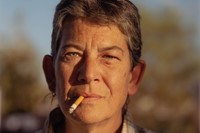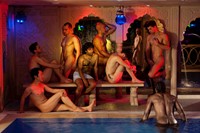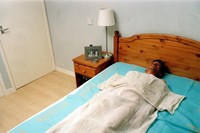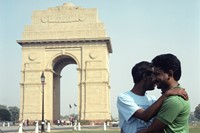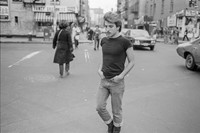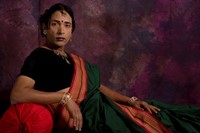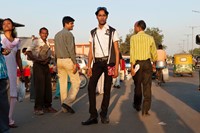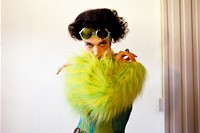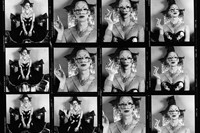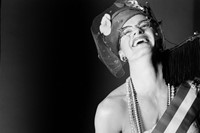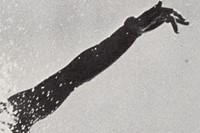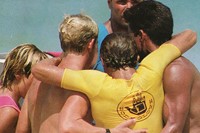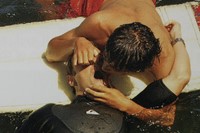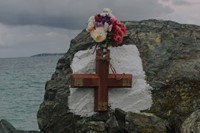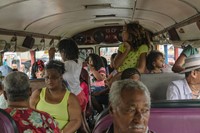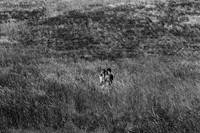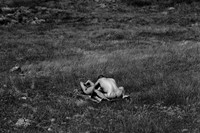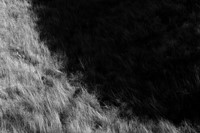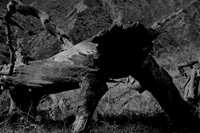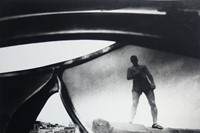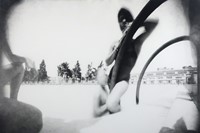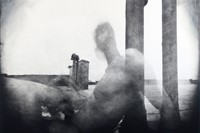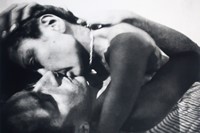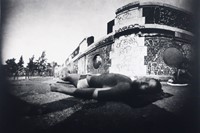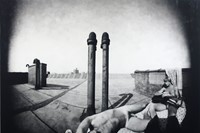From the clubbers of 90s Amsterdam to the riders of International Gay Rodeo, we select the ten most stimulating sex and identity stories published on AnOthermag.com this year
“I am large. I contain multitudes,” American poet Walt Whitman famously wrote in “Song of Myself,” a profound work of humanism written more than a century before the nation would ride up demanding civil rights for all. Identity is not a singular thing but a kaleidoscopic expression of self. Like DNA, identity connects us across time and space to bridge the past, present, and the future of humanity.
Yet in a world where many have been marginalised or erased, we are charged to set the record straight, righting the wrongs of the past by telling stories that honour the legacy of our ancestors. Here, we showcase ten artists who explore ideas of sexuality, race and ethnicity in their work, revealing a shared love for that which unites us across generations.
Cruising Utopia by Peter Hujar
For a brief moment in the 1970s, New York City was heaven on earth for sexual libertines. Between Stonewall and Aids, gay sex flourished in every corner of town, a scene American photographer Peter Hujar captured brilliantly in black and white. “Hujar photographed moments of exchange whether they were with strangers on the street or friends and lovers at his studio,” says Oliver Shultz, curator of Cruising Utopia, an exhibition celebrating the artist’s love for revolutionary figures from all walks of life.
Tallawah by Nadine Ijewere and Jawara Wauchope
Black hair is more than beauty and style – it is a source of power and pride, a space for innovation, self-expression, and creative drive. Fashion photographer Nadine Ijewere teamed up with hairstylist Jaware Wauchope to create Tallawaah, a series of intergenerational portraits presented by Dazed Beauty celebrating their shared Jamaican identity. “Tallawaah,” meaning “strong-willed, fearless, and not to be underestimated” suits the subjects perfectly. “Hair is a very personal thing,” Ijewere reveals, “being able to show these hairstyles, textures and colours that Jawara did beautifully was a real eye-opener for me – that it’s OK to be celebrating your hair. And every type of hair is beautiful.”
Sex Parts and Torsos and Ladies & Gentlemen by Andy Warhol
As the Gay Liberation Movement took off during the 1970s, Andy Warhol embraced the LGBTQ community, creating two seminal bodies of work, Sex Parts and Torsos and Ladies & Gentlemen. He began making tightly framed Polaroids of the torsos, buttocks, and penises of men recruited from hay bathhouses, though he largely kept these works hidden for years, describing them as “landscapes” in an effort to distinguish them from the recent influx of pornographic works. At the same time, Warhol photographed trans icons including Marsha P. Johnson, Vicki Peters and Wilhelmina Ross for a portrait series titled Ladies & Gentlemen. Amanda Hajjar, Director of Exhibitions at Fotografiska New York, observes: “What makes Warhol’s series special is that he captured Black trans women in a way that celebrated their identities and provided them with space to express themselves freely and fully.”
National Anthem: America’s Queer Rodeo by Luke Gilford
American photographer Luke Gilford inherited his love of rodeo from his father, a champion and judge who filled their home with memorabilia of the sport. In 2016, Gilford discovered the International Gay Rodeo Association and began to make portraits of LGBTQ riders collected in the book National Anthem: America’s Queer Rodeo (Damiani). “One of my close friends in the rodeo community is a Black, gender-nonconforming bull rider. They said to me simply, ‘If I show up, I’m a cowboy.’ And they’re accepted as such, with no questions asked,” Gildford says. “This series is my way of holding up each person with dignity and respect, and showing a beauty, strength, glamour, or tenderness that they may not have seen before.”
From Here to Eternity by Sunil Gupta
With From Here to Eternity: Sunil Gupta. A Retrospective, a major solo exhibition currently on view at The Photographers’ Gallery and accompanying book, Sunil Gupta looks back at works from 16 series made over the past 45 years that explore how the Delhi-born, Montreal-raised, London-based artist has used photography as a form of activism to address his experiences as a gay Indian man living with HIV. “I photograph what’s around me, what’s happening to me, and this central question of, ‘What does it mean to be a gay man of Indian origin?’ That’s what stuck with me most of my life and it’s never really gone away,” Gupta tells Indian-American photographer Nick Sethi in a cross-generational conversation about art.
Amsterdam Girls by Remsen Wolff
In 1990, American photographer Remsen Wolff (1940–1998) embarked on the creation of Special Girls – A Celebration, creating more than 100,000 portraits of over 125 trans and genderfluid models from New York and Amsterdam. Wolff, who described himself as a “faux transsexual” made annual month-long pilgrimages to Amsterdam between 1990–1992 to photograph nightlife luminaries as well as anonymous trans women struggling with their gender identity – an issue the artist understood all too well. Like his subjects, Wolff was determined to shine – even if it took him a lifetime of wandering to find his way home.
A Spiritual Good Time by Stephen Milner
Surf aesthetics is the apotheosis of athletic beauty, hippy culture, and nature’s bounty riding the waves of life. Although the men are scantily clad, they are depicted as unequivocally straight, leaving American artist and surfer Stephen Milner feeling fascinated yet alienated. With the new book, A Spiritual Good Time, Milner reimagines surf culture through a queer lens, subverting traditional tropes to embrace underlying homoerotic elements, and remixes them with images from gay porn magazines. “People often don’t understand that surfing can have this toxic quality: the localism, the masochism,” Milner says. “Masculinity is so fragile! In a way, that fascinates me.”
Don’t call me Trigueña; I’m Black by Adriana Parrilla
Recognising a profound sense of disconnection from her Afro-Puerto Rican roots, Adriana Parrilla turned to photography to explore and connect with the predominantly Black community of Loíza, a coastal town on the northeast side of the island. In her series, Don’t call me Trigueña; I’m Black, Parrilla searches for knowledge of self, explaining, “I wanted to understand the social context in which I grew up, and that played a fundamental role in the development of my racial identity, and the narratives of my surroundings that formed a preconceived stereotypical notion of the Black community.”
Heaven is a Prison by Mark McKnight
Amid a barren Southern Californian desert, which stretches as far as the eye can see, two nude men surrender to desire for a series of black and white photographs collected in Mark McKnight’s new photography book Heaven is a Prison (Loose Joints). “I chose the title Heaven is a Prison with the intention of evoking Judeo-Christian notions of paradise, but it’s not exactly a re-imagining of the book of Genesis,” McKnight says. “I wanted a viewer to imagine these men and this landscape as being bound, for better or worse, by a kind of universal cycle.”
An integral part of the downtown New York art scene in the 1980s, American artist Paul Smith began making using a homemade pinhole camera to create Bodily Fluids, a series of black and white landscapes and sensuous scenes of sexual self-discovery made during the height of the Aids crisis. “It wasn’t so common then for people to exhibit sexually intimate and frank work then,” Smith says. “I wanted to depict sex from a participant’s point of view, rather than from a voyeur’s. I would set up a shot but it was pretty improvisatory; I suppose I was just operating out of my libido.”
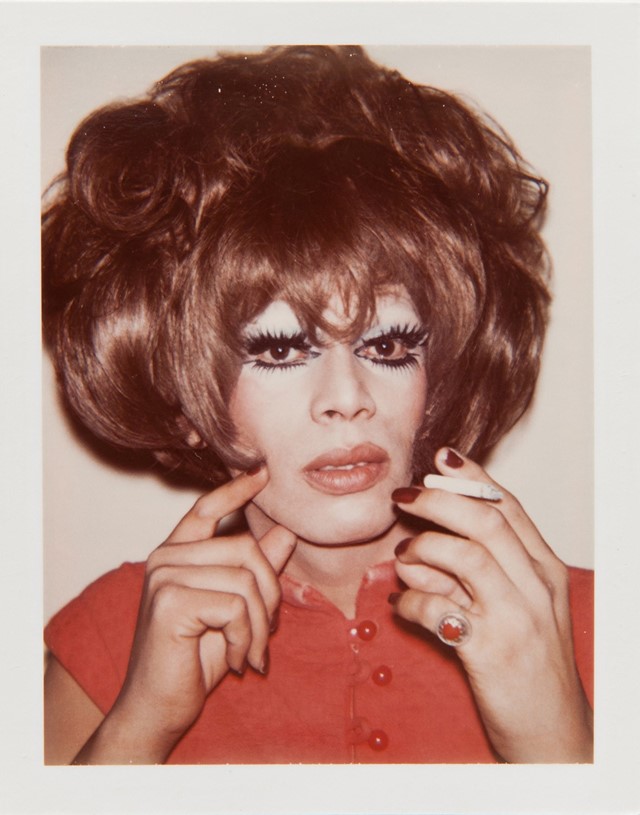

![Peter Hujar, Jay and Fernando [Two Men in Leather Kissing],](https://images-prod.anothermag.com/200/0-292-1014-676/azure/another-prod/390/9/399100.jpg)
